#second sino-japanese war
Text

Chinese soldiers moving via The Great Wall of China, northwest of Japanese-occupied Beijing, 1937
61 notes
·
View notes
Text
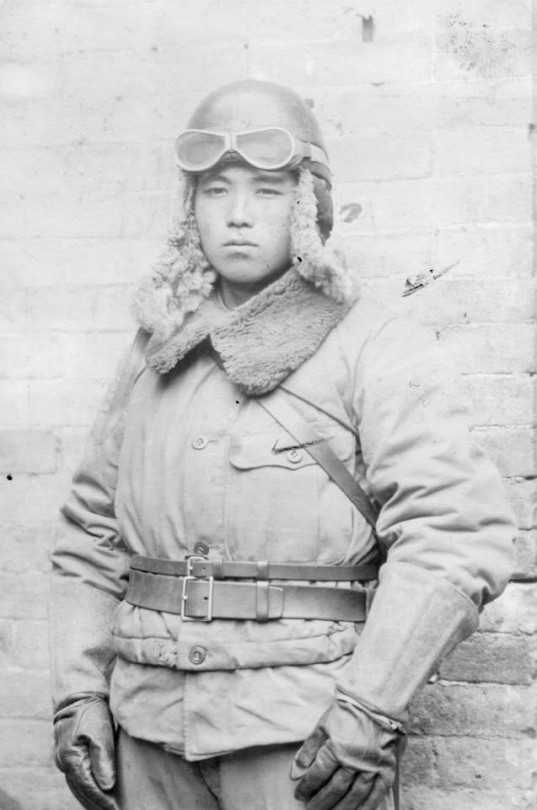
Tankiste japonais - 1930's-1940's
#WWII#guerre sino-japonaise#sino-japanese war#seconde guerre sino-japonaise#second sino-japanese war#armée impériale japonaise#imperial japanese army#tankiste#tanker#1930's#1940's
48 notes
·
View notes
Note
Do you think the sutton Sunk would have made an impact in the second sino-japanese war if china actually got its hands on it?
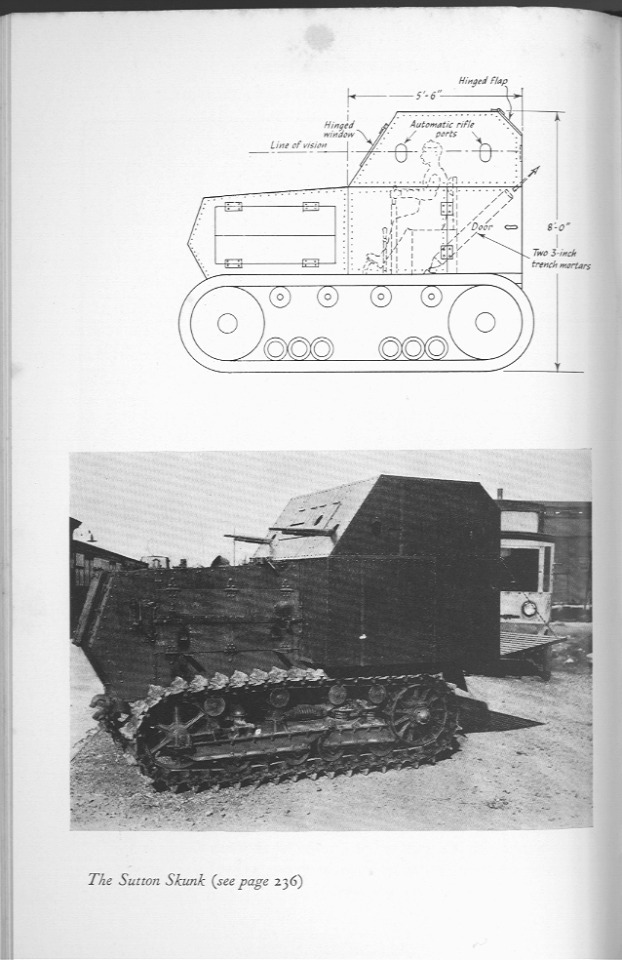
In my opinion, not really, and it has very little to do with the tankette itself. By 1937, China was so woefully behind the rest of the world in technology, industrialization, and development, that there was no real chance of a Chinese victory, especially against Japan, a nation that had seized onto the western tenets and methods of militarism, industrialism, and imperialism like second nature.
I'm sure that, in isolated engagements, the Skunk could have made a difference, but even in the very best scenario, it would be a case of "won the battle, but lost the war"
9 notes
·
View notes
Text
How Eileen Chang Revived My Fascination With the 'Femme Fatale'
Content Warning: Lust, Caution contains scenes of graphic violence, nudity, and discussions of murder (the book only hints at these things). The movie also depicts sexual assault. Viewer discretion is advised.
Spoilers for Lust, Caution (book and film) ahead!
femme fa·tale (noun)
1 : a seductive woman who lures men into dangerous or compromising situations
2 : a woman who attracts men by an…

View On WordPress
#ang lee#assassination plot#chinese history#eileen chang#espionage thriller#femme fatale#historical fiction#leehom wang#lust caution#second sino-japanese war#spy movie#spy thriller#tang wei#Tony Leung Chiu-wai#world war ii
24 notes
·
View notes
Text
1938-The Battle of Wuhan starts.
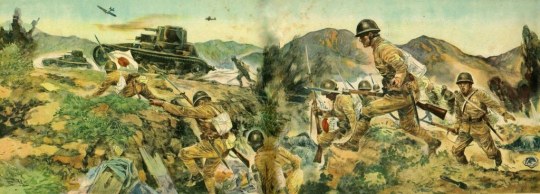

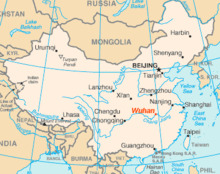
The Battle of Wuhan (simplified Chinese: 武汉会战; traditional Chinese: 武漢會戰; Japanese: 武漢作戦 ), popularly known to the Chinese as the Defense of Wuhan (simplified Chinese: 武汉保卫战; traditional Chinese: 武漢保衛戰), and to the Japanese as the Capture of Wuhan, was a large-scale battle of the Second Sino-Japanese War. Engagements took place across vast areas of Anhui, Henan, Jiangxi, Zhejiang, and Hubei provinces over a period of four and a half months. It was the longest, the largest, and arguably the most significant battle in the early stages of the Second Sino-Japanese War. More than one million National Revolutionary Army troops from the Fifth and Ninth War Zone were put under the direct command of Chiang Kai-shek, defending Wuhan from the Central China Area Army of the Imperial Japanese Army led by Shunroku Hata. Chinese forces were also supported by the Soviet Volunteer Group, a group of volunteer pilots from Soviet Air Forces.
2 notes
·
View notes
Text
not to sound like a CCP apologist because i am not, but it is always wierd to me when non chinese people glorify the KMT during the second sino-japanese war. Do they know that CKS was very much into facism? Do they know that CKS was kind of a fucking moron who was more concerned with fighting communism than fighting the japanese? Do they know that CKS can be considered responsible for the rape of Nanking by ordering the nationalist army fight to the death in Shanghai and that by the time a retreat was ordered, the remaining troops were too spent to properly defend nanking? Do they know about the white terror and how the KMT opressed their own people too?
Like i guess attriocities only matter when they’re being commited by the CCP.
3 notes
·
View notes
Text
horror
No one needs to read this, I just need it to be out there.
I never understood horror flicks. Watching people be mean to each other made no sense to me. And I had all these coping mechanisms for living in terrible situations, but the protagonists in the show never used any of them. I couldn’t relate.
The horror that I can’t look away from is reading all the wikipedia articles about the various atrocities that happened 1935-1946. The systemic awful that humans did to each other. The awful that is a part of all of our psyche, and if the right systems are in place we would all partake, either as perpetrators or martyrs.
The Holocaust is a giant nightmare factory.
The system that created the holocaust included the SS, of course. Young German engineers looking to prove themselves coming up with new ways to kill en masse given the new industrialization of the country. It also included death squads, police forces, and “volunteers” - Soviet POWs who had the “option” of assisting in the genocide to avoid starving to death in the camps.
I had grown up with stories about the German death camps, and horror stories about the Soviet gulags. I had no idea about Nanking, Unit 731, or the hellships. TVtropes claims there was meth given to Japanese soldiers with their food rations. I was not able to find this referenced elsewhere, but my library-fu is very weak.
So, idk, go read your horror flicks if you like, or write your dead dove stories. But the idea of someone targeting one person in particular doesn’t frighten me. One perpetrator can be killed, or outsmarted. It’s the systems, the industrialized death, the normalized horror, those scare me.
#dead dove do not eat#holocaust mention#medical horror#historical horror#ww2 mention#second sino-japanese war
0 notes
Text
Wrapped up my next book in the history series:
Two in one go. To be fair the other one was only 268 pages and this one was 380. As the title says it covers China's experience in WWII, which has all of the horrors of the Axis-Soviet War without the victors getting a grand victory to make the suffering worthwhile. It is a very important, worthwhile corrective to American blinders and a reminder of the difficulties China faced in its internal struggles, the war against Euro-Japanese imperialism, and beyond all of this the wars of the Chinese Communists and Nationalists against the raw power of the Imperial Japanese Army.
It is a truly excellent, if short, history covering the military, political, and cultural aspects of the war.
9/10
#lightdancer comments on history#world war II history#Second Sino-Japanese War#chinese history#japanese history
0 notes
Photo

Battle of Shanghai, 1937
Claiming an incident at the Marco Polo Bridge, southwest of Beijing, Japan attacked China on July 7, 1937. This was the start of the Second Sino-Japanese War, the objective of which was to create in China a zone under the influence Japanese. August 13 begins the Battle of Shanghai.
by @LegendesCarto
63 notes
·
View notes
Text
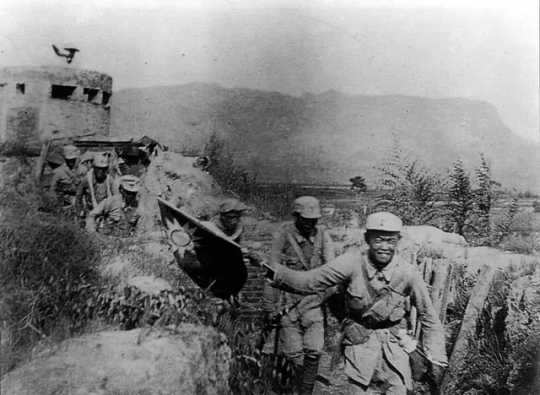
Victorious Chinese Communist soldiers holding the flag of the Republic of China during the Hundred Regiments Offensive.
95 notes
·
View notes
Text
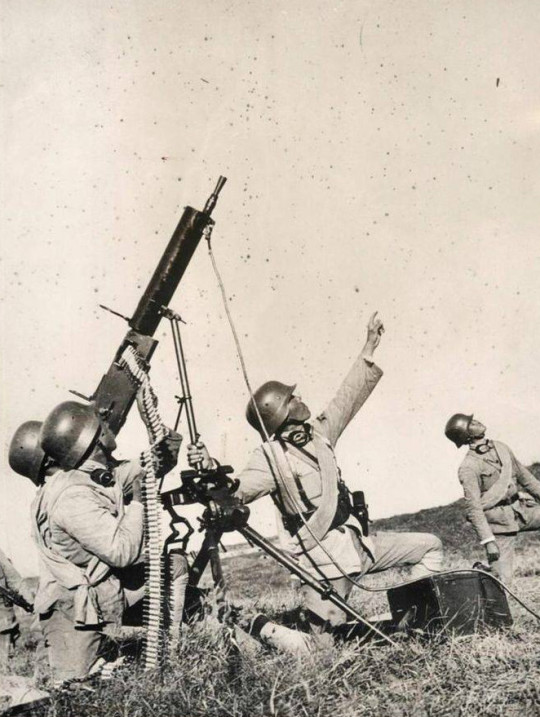
Soldats chinois nationalistes avec une mitrailleuse lourde MG 08 Maxim Type 24 - Guerre sino-japonaise
#WWII#guerre sino-japonaise#sino-japanese war#seconde guerre sino-japonaise#second sino-japanese war#armée chinoise#chinese army#armée nationale révolutionnaire#national revolutionary army#mitrailleuse#machine gun#mitrailleuse lourde#heavy machine gun#maschinengewehr 08#mg 08#maxim
24 notes
·
View notes
Text
STONY FORD, Ariz., Feb. 12–Cy Farmer, a dude rancher from Gila Flat, was tried and convicted of reckless waste of ammunition. He got 30 days.
Cy came into town yesterday and got into a poker game with Michael McDaniel, prospector. During that game, it was discovered that Cy held five aces.
As is customary in cases of this kind, Mike pulled his .44 and shot at Cy. The rancher, however, instead of playing the game, kept dodging about and five shots from Mike’s gun missed him.
“In times like these,” said Judge Dooley, passing sentence, “th’ town has gotta conserve its ammunition and people bein’ shot at oughta have sense enough t’ stand still.”
Provo Evening Herald, 12 February 1932
#the editors put this immediately after reports of the start of the second sino japanese war#ryddles
5 notes
·
View notes
Text
Flying Tigers: 35 old great images of American and Chinese soldiers fighting side by side
New Post has been published on https://china-underground.com/2011/04/04/flying-tigers/
Flying Tigers: 35 old great images of American and Chinese soldiers fighting side by side

Images & Facts if the Flying Tigers
During the war of resistance against Japanese forces, American military photographers snapped thousands of photos of American and Chinese soldiers, engaged in military actions or in everyday life moments in Southern China and Burma.
American military archive has collected over the years, historical photographic and video material of inestimable value.
Related articles: Rare images of The Flying Tigers: from Chinese pilots training camp in Arizona to the war in China against Japan, The Photographic Work of Arthur Rothstein in China: Signal Corps, the Great Famine, the Jewish Refugees in Shanghai
The Flying Tigers (First American Volunteer Group of the Republic of China Air Force) between 1941–1942 were a group of pilots from the United States Army Air Corps (USAAC), Navy (USN), and Marine Corps (USMC), recruited under President Franklin Roosevelt’s authority before Pearl Harbor and commanded by Claire Lee Chennault. They were officially members of the Republic of China Air Force. The Flying Tigers consisted of three fighter squadrons of around 30 aircraft trained in Burma to help defend the Republic of China against Japanese forces. The Flying Tigers began to arrive in China in April 1941. The group first saw combat on 20 December 1941, 12 days after Pearl Harbor.
Flying Tigers images

War Theatre #11 (China) CREWS (over) 4x5and 8×10 nges rec’d 9/15/44 from Evaluation Unit. Stamped: No obj to Pub. on grounds of Military Security or Policy – As Amended – 18 Sept 44

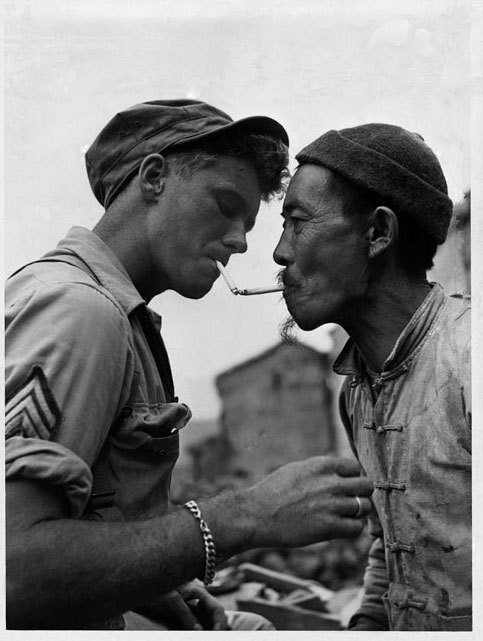



” U.S. SUPPLIES FOR ALLIED FORCES FIGHTING THE JAPANESE IN BURMA
U.S. Army trucks, loaded with troops and supplies, plow through soggy terrain to forward positions in Northern Burma where Chinese and American forces are now engaged in fighting the Japanese.”






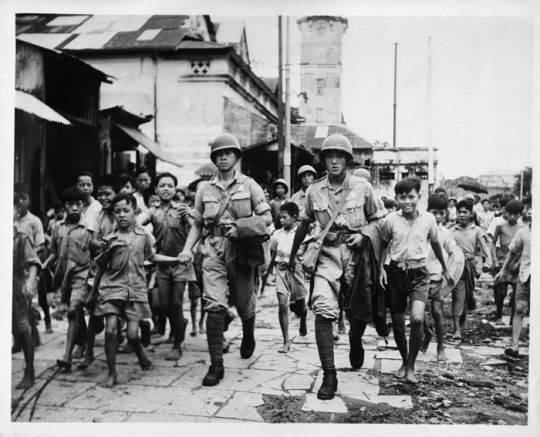


” 4/1/44 U.S. PLANE CARRIES WOUNDED CHINESE SOLDIER TO MEDICAL STATION
A wounded Chinese soldier lieas aboard a U.S. observation plane to be transported from the battle area in Hukawng Valley in Northern Burma to a medical dressing station behind the front line. Under the direction of Liutenant General Joseph W. Stilwell, Commander in Chief of U.S. forces in China, Burma and India, combined Chinese and American forces drove the Japanese from the strategic valley. “
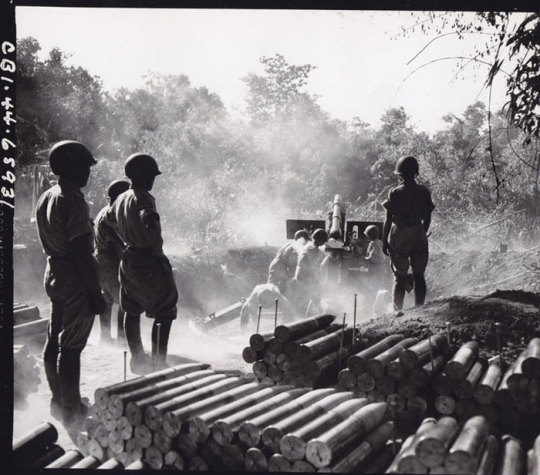

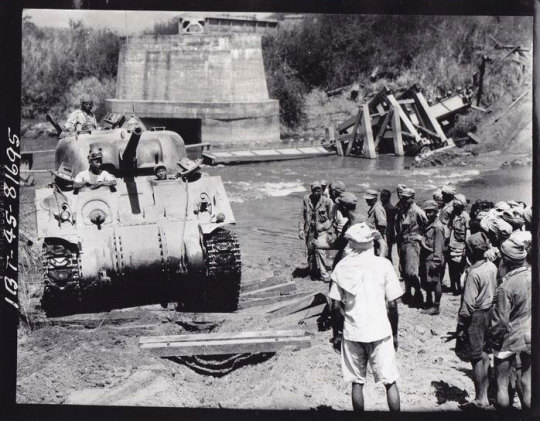


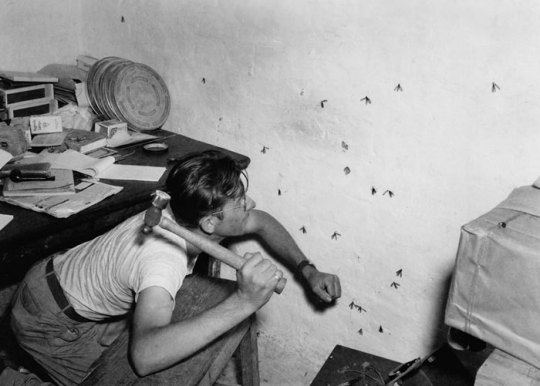
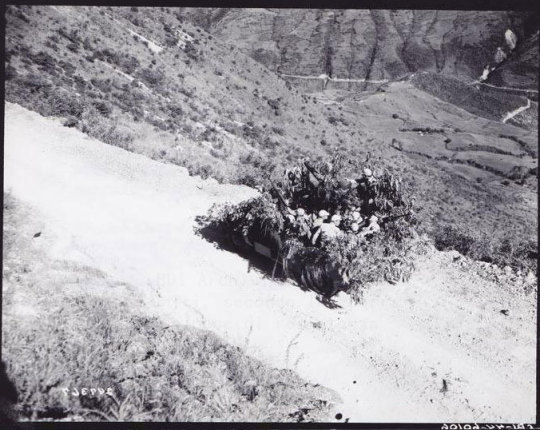
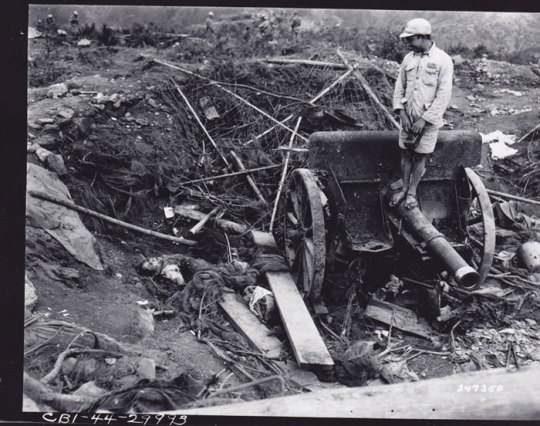






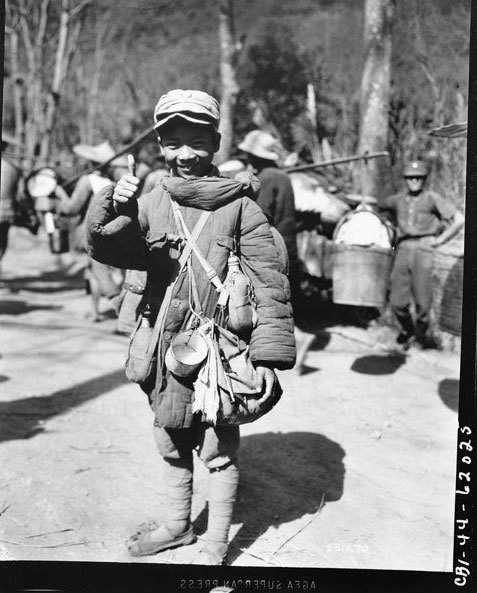

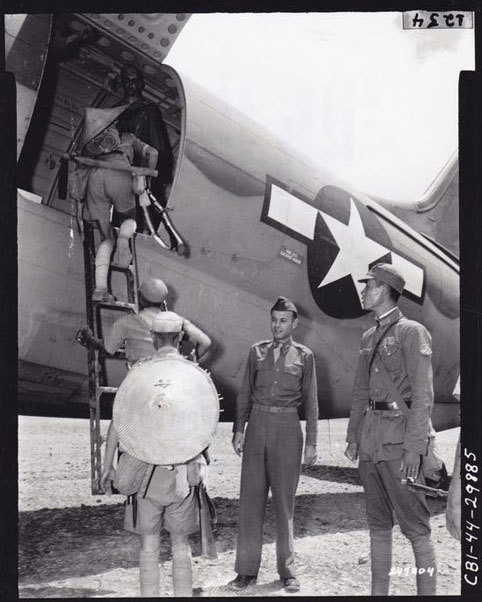

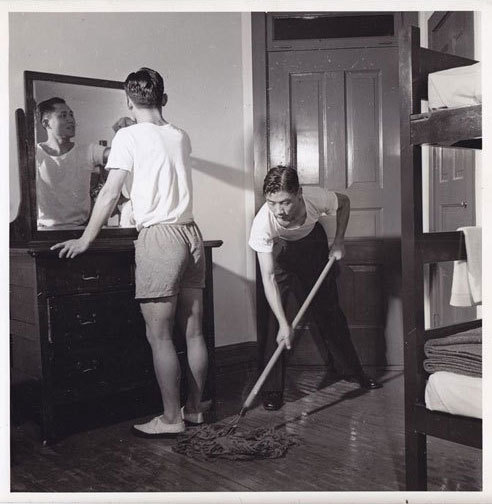
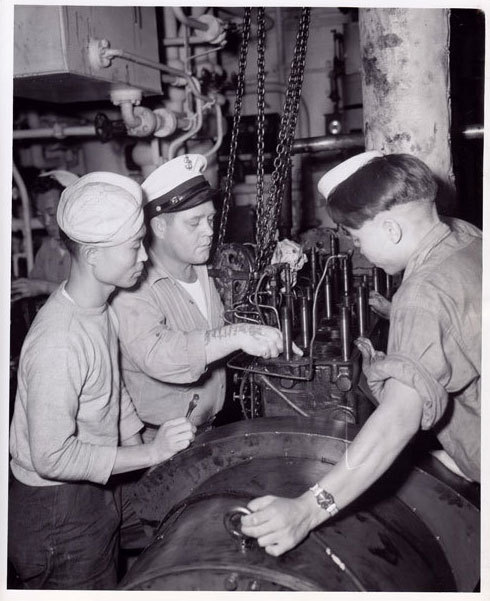
Source: Sohu
topics: flying tigers images, old photographs of the flying tigers in China
#AmericanSoldiers, #Burma, #FlyingTigers, #Japan, #JosephWStilwell, #Myanmar, #OldImages, #SecondWorldWar, #SinoJapaneseWar
#American soldiers#Burma#flying tigers#Japan#Joseph W. Stilwell#myanmar#old images#Second World War#sino japanese war
18 notes
·
View notes
Text
1938 Yellow River flood




The Chinese Nationalist government creates the 1938 Yellow River flood to halt Japanese forces. Five hundred to nine hundred thousand civilians are killed.
0 notes
Text
no one warns you when studying chinese literature that every other story is going to tear your heart out and drench it in blood and grief and hatred and slot it right back into your ribcage and you have to go about your daily life like usual
#nothing like reading a single chinese story set during the second sino-japanese war to make you absolutely despise the imperial japanese#evil beyond description#no reparations will ever suffice#no hatred nor revenge will ever match the brutality inflicted#no mourning will ever be enough honor
1 note
·
View note
Text
Historical Background for 《无名》 (Hidden Blade)
A very brief summary of historical details of note for understanding the context of the film:
The film is set during the Second Sino-Japanese War and WWII. There are several powers in play at this time: the Chinese Communist Party, the Chinese Nationalist Party or Kuomintang, and Imperial Japan. Imperial Japan invaded Manchuria (located in northeastern China) in the early 1930s and established the puppet state of Manchukuo. It was here where they hoped to establish a base from where they would continue their expansion into Asia.
In 1937, after many years of conflict, Japan occupied Shanghai, Nanjing, and Beijing. The Nanjing Massacre occurred at this time. After the fall of Nanjing, which had been the capital of the Republic of China at that time, the Kuomintang moved the capital west to Chongqing, under Jiang Jieshi's leadership. During this time, the Chinese Communist Party and the Kuomintang formed a temporary alliance, suspending the years of civil conflict between them, although their vie for power continued. The Chinese Communist Party set up their base in Yan'an.
In 1940, Wang Jingwei, who was once a member of the Kuomintang but had always been in opposition against Jiang Jieshi, collaborated with Japan to establish the Wang Jingwei regime. They claimed to be the leadership of the Republic of China, when in fact they were a puppet government of Japan, overseeing the Japanese-occupied territory in eastern China, under Japan's control. They established their capital in Nanjing and used the Kuomintang flag. The Axis powers recognized the Wang Jingwei regime, while the Allied powers still recognized Jiang Jieshi as the leader of the Republic of China.
From 1937-1941, Japan had left a few neighbourhoods in Shanghai unoccupied, because that was where the American-British joint settlement and French Concession were located. Many people fled to this area to live at that time. After Pearl Harbor in 1941, the entirety of Shanghai became occupied by Japan. Many cities were bombed during these years, including Guangzhou, which experienced bombings for 14 months in 1937-1938.
During this era of war, which is also called the War of Resistance in China, espionage networks were established to try to undermine the enemy. Hidden Blade tells a story about these individuals.
Characters in the film (spoiler-free):
Director He (Tony Leung): Director of the Political Security Department for the Wang Jingwei regime
Mr. Ye (Wang Yibo): A subordinate under Director He, works for the Political Security Department of the Wang Jingwei regime
Captain Wang (Wang Chuanjun): A captain working for the Political Security Department of the Wang Jingwei regime, under Director He
Minister Tang (Da Peng): Minister of the Political Security Department of the Wang Jingwei regime, Director He's cousin
Officer Watanabe (Mori Hiroyuki): Head of secret service in Shanghai, claiming to be a follower of Ishiwara's faction (Japanese general who believed in the Pan-Asianism ideology)
Mr. Zhang (Huang Lei): A secretary of the Chinese Communist Party's underground network
Ms. Chen (Zhou Xun): A messenger of the Chinese Communist Party's underground network
Ms. Jiang (Jiang Shuying): Kuomintang agent assigned to assassinate Minister Tang
Ms. Fang (Zhang Jingyi): Disguised as a dancer, she worked together with other progressive youth to try to assassinate Japanese officers
#wu ming#hidden blade#hidden blade movie#无名#wang yibo#tony leung#zhou xun#huang lei#da peng#jiang shuying#wang chuanjun#zhang jingyi
310 notes
·
View notes